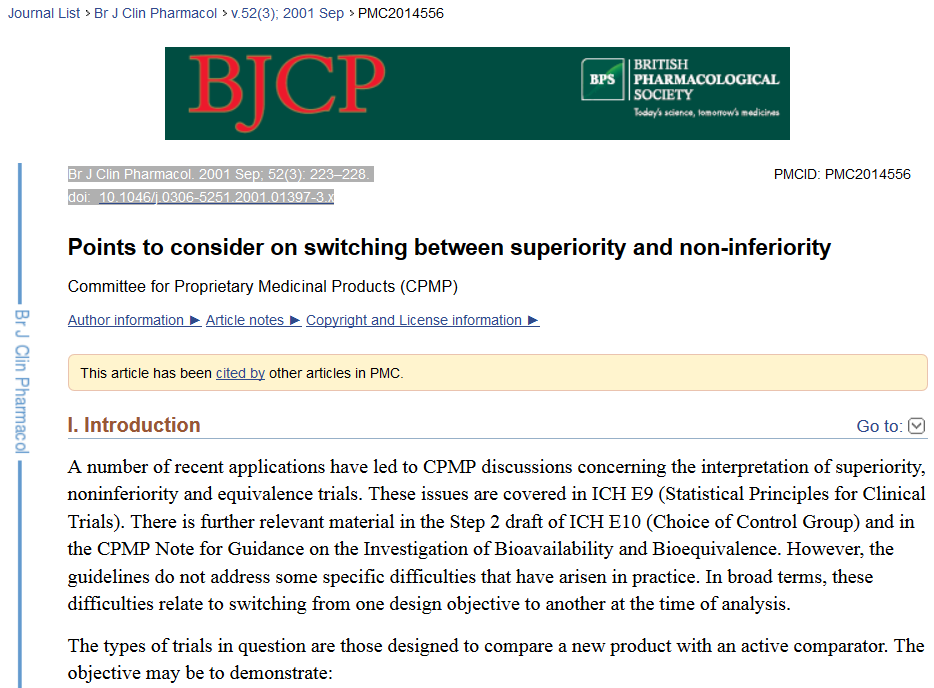
One of the most confusing aspects of medical research is the difference between non-inferiority and superiority trials. This article explains in simple terms what the two type of trials are. Then it covers the desireof many researchers to switch from a non-inferiority trail to a superiority trial or vice versa. In general, if you would like to make the claim of superiority if the data justifies it, or to fall back on a claim of non-inferiority if you must, you are best off designing a high quality non-inferiority trial. The extra methodological rigor and the typically larger sample sizes that come with a non-inferiority trial make the transition from a non-inferiority hypothesis to a superiority hypothesis much smoother than the reverse. A high quality non-inferiority trial includes pre-specifying the margin of non-inferiority, demonstrating adequate power for the non-inferiority hypothesis, and justifying that the control group has demonstrated efficacy in previous trials. You need to show sufficient methodological rigor in your research design to establish that a non-inferiority finding is not just caused by an insensitive research design. Finally, you need to consider a “per protocol” analysis for the non-inferiority hypothesis, but switch to an “intention to treat” analysis for thesuperiority hypothesis.
Committee for Proprietary Medicinal Products (CPMP). Points to consider on switching between superiority and non-inferiority. Br J Clin Pharmacol. 2001 Sep; 52(3): 223–228. doi: 10.1046/j.0306-5251.2001.01397-3.x. Available in html format.
You can find an earlier version of this page on my blog.